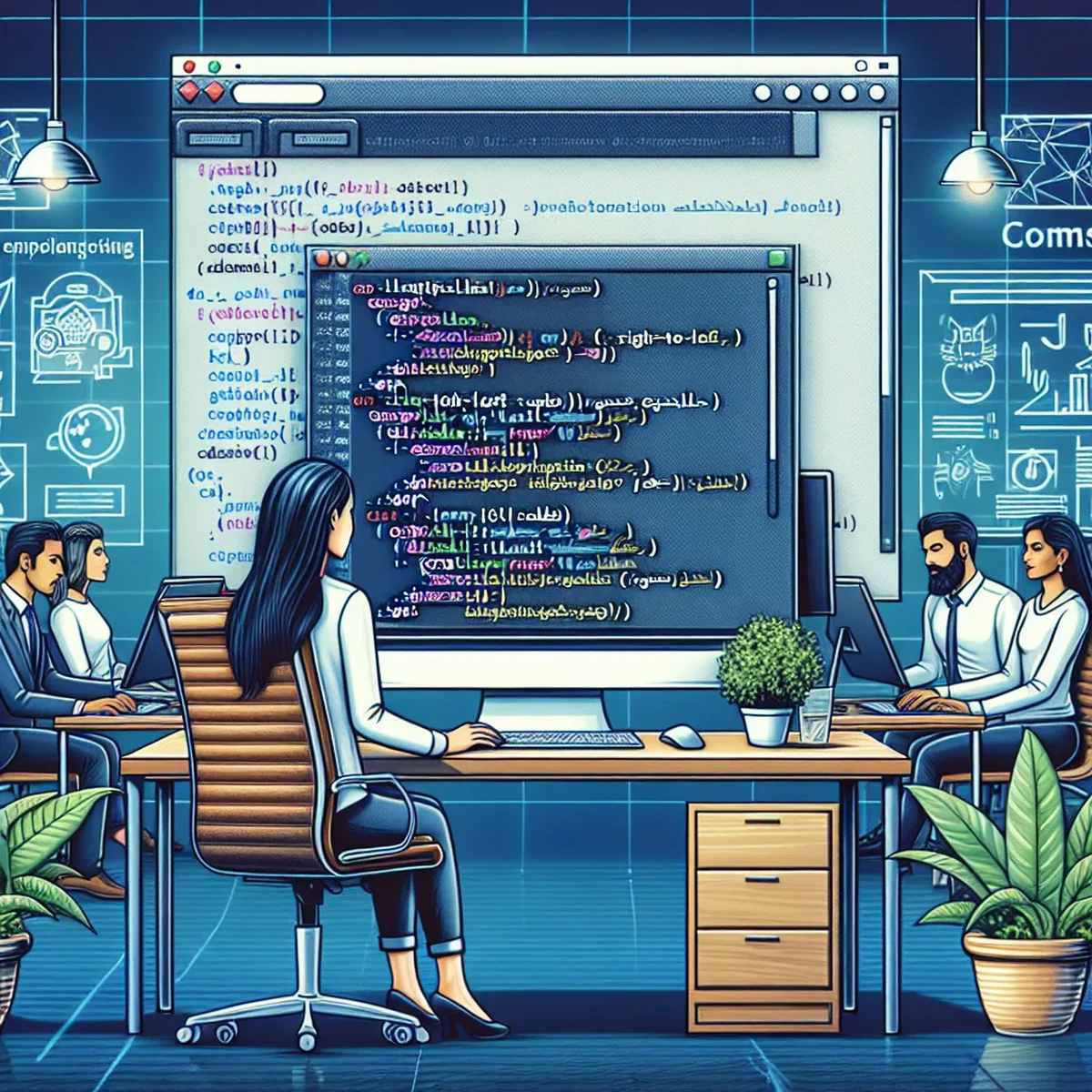Mastering Right-to-Left Stylesheets in WordPress: A Guide for Global Reach

Creating a globally accessible website often requires more than translating content into different languages. For languages like Arabic, Hebrew, and Persian, text flows from right to left (RTL). WordPress, being a versatile platform, offers robust support for RTL languages, but implementing RTL stylesheets effectively requires careful attention to detail. This guide will walk you through the nuances of RTL stylesheets in WordPress, ensuring your website serves a truly global audience.
Understanding Right-to-Left Stylesheets
Before diving into the technicalities, it’s crucial to understand what RTL stylesheets entail. Unlike the typical left-to-right (LTR) text layout, RTL affects how content is displayed and interacted with on a webpage. This involves reversing the layout direction, adjusting text alignment, and modifying navigation elements to suit RTL reading patterns.
Why RTL Matters in Web Development
Globalization of digital content has made inclusivity a priority. Implementing RTL stylesheets is not just about language translation but also about providing a native and intuitive user experience for RTL language speakers. This attention to detail can significantly enhance the usability and accessibility of your website.
Implementing RTL Support in WordPress
WordPress makes it relatively easy to implement RTL stylesheets thanks to its community and built-in features. Here’s how you can ensure your WordPress site is compatible with RTL layouts:
Step 1: Use RTL-Ready Themes
Choose themes that are RTL-ready. Many WordPress themes come with pre-made RTL stylesheets (rtl.css), which automatically adjust the layout when an RTL language is detected.
Step 2: Enabling RTL Stylesheets
If your theme supports RTL, it often requires no additional configuration. WordPress automatically applies the rtl.css file when you set the website language to an RTL language. You can change the site language under Settings > General in your WordPress dashboard.
Step 3: Customize Your RTL Styles
While pre-made RTL stylesheets handle most adjustments, certain design elements may need manual tweaking to perfect the RTL experience. This can include altering margins, padding, or specific element positions. Tools like CSS Janus can automate some of this by flipping LTR CSS to RTL.
Testing and Optimization
Once you have implemented RTL support, thorough testing is essential. This ensures that your adjustments work seamlessly across different browsers and devices.
Browser and Device Testing
Use browser developer tools to simulate RTL layouts and test on actual devices that your audience might use. Pay special attention to navigational elements and interactive components like forms and buttons.
User Feedback
Gathering feedback from native RTL language users can provide insights that automated tests might miss. This feedback is invaluable for refining user experience.
Common Challenges and Solutions
Implementing RTL stylesheets can come with its challenges. Here are some common issues and how to address them:
Mirroring Layouts
Ensure that the entire layout mirrors effectively. This includes not just text but also images, icons, and UI elements that should logically switch direction in RTL mode.
Text and Element Alignment
Text alignment and the positioning of various elements (like dropdowns and tooltips) might not automatically adjust. You may need to manually set these in your RTL stylesheet.
Conclusion
Embracing RTL in WordPress is a step towards building a truly inclusive digital presence. By understanding the fundamentals, utilizing the right tools, and engaging with your audience, you can ensure that your website not only reaches but also resonates with a global audience. Remember, the goal is to make every user feel at home on your site, regardless of the language they speak.
FAQ
- Why is RTL support important in WordPress?
- RTL support is crucial for creating websites that cater to languages written from right to left, such as Arabic, Hebrew, and Persian, enhancing accessibility and user experience.
- How can I test my WordPress site for RTL compatibility?
- You can test RTL compatibility by using WordPress plugins that simulate RTL layout or by changing your site language to an RTL language from the WordPress settings.
- What are common pitfalls when implementing RTL stylesheets?
- Common pitfalls include not fully mirroring the layout, overlooking text alignment and positioning issues, and failing to adjust padding and margins for RTL display.